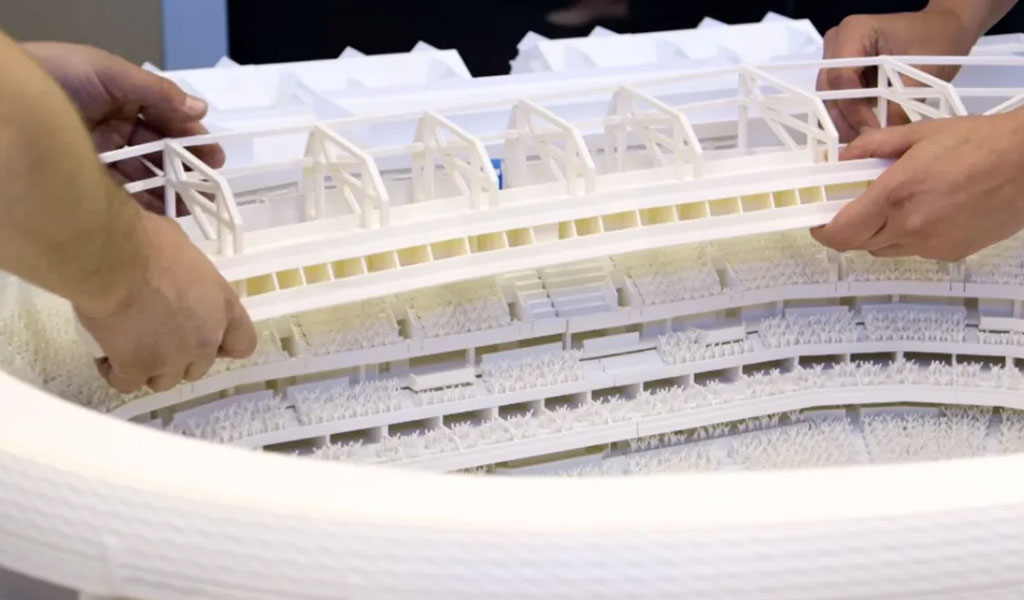Professor Masayoshi Honma and Assistant Professor Hiroaki Kobayashi at Tohoku University in Japan have developed the technology to make all-solid-state batteries using a 3D printer. Materials that can freely change their hardness are used in the production. The batteries can be made in just a few hours and do not require the high-temperature process previously required. The test battery has withstood various performance tests and is expected to contribute to the early practicalisation of all-solid-state batteries.
The electrolyte, which is one of the main components of a battery, is usually in a liquid state, but in an all-solid-state battery, the electrolyte is solid, so there is less risk of a fire, for example. Another feature of these batteries is that they can be stacked in layers to increase the amount of power stored per unit volume. This is highly anticipated as the next generation of batteries that will extend the range of pure electric vehicles (EVs).
The mainstay of all-solid-state batteries is that the electrodes and electrolyte materials are strongly pressed together and heated to several hundred degrees Celsius. However, the heating process is costly and there is a risk of heat cracking. There is also the problem that the hard electrolyte prevents the positive and negative electrodes from fitting tightly together as they repeatedly expand and contract with charging and discharging, resulting in poor battery performance.
The research team has implemented research to make soft electrolyte films for all-solid-state batteries. By mixing a special liquid that facilitates the movement of lithium ions with silicon oxide, a glass film similar to that of a soft contact lens can be formed. The softness can be adjusted by simply changing the amount of silicon oxide.
This time, the research team reduced the amount of silicon oxide contained in the electrolyte film by half, turning it into a gel. This is then mixed with a resin that solidifies when exposed to UV light and can be shaped by a 3D printer.
Experiments have confirmed that by turning the electrolyte, lithium cobaltate for the positive electrode and lithium titanate for the negative electrode, into a gel-like material, it is possible to create a battery with a 3D printer alone. It is claimed that they can be manufactured in around two hours.
They can be made by simply coating the material and irradiating it with UV light, without the need for high-temperature heating, which can cut manufacturing costs significantly. The flexible electrolyte is less prone to cracking and fits softly even when the components expand and contract.
The test battery can be stably charged and discharged more than 100 times. Safety has also been confirmed through fire tests and other tests. The size and shape can be changed at will by entering data,” says Professor Honma.
The problem for practical use is that the ionic conductivity of the electrolyte is not high enough. As lithium ions cannot move smoothly, it is difficult to release huge amounts of energy instantly.
The research team will adjust the composition of the material with the goal of improving the ionic conductivity. Experiments using the developed battery to drive a car have already been successful, with a maximum speed of 30 km/h being achieved during the experiments. The researchers will iterate improvements to increase the output power and consider installing them in purely electric vehicles. Efforts will also be made to develop cathode materials with high energy density.
The first stage aims to achieve practical use in applications such as power sources for sensors and wearable terminals.

